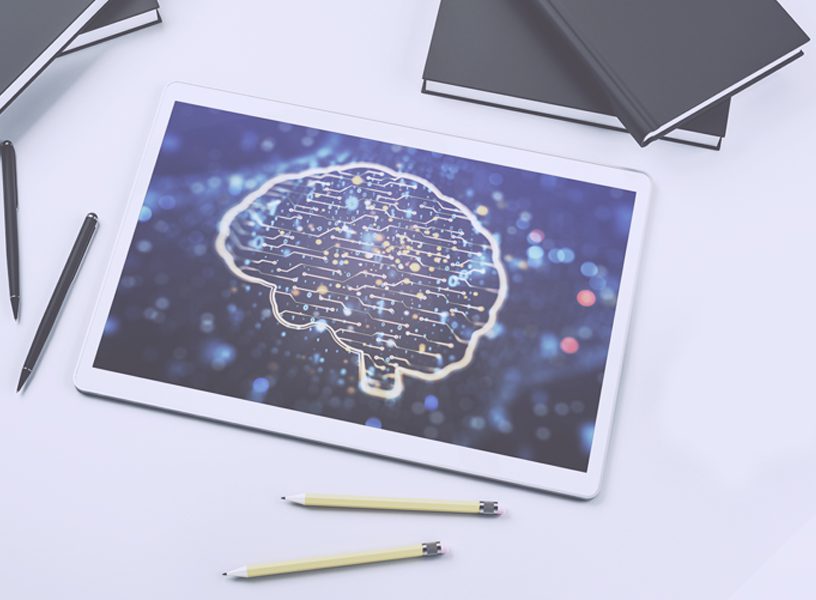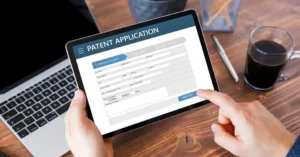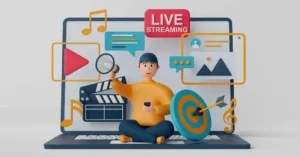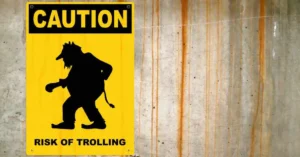Trademark disputes are often challenging. Most cases concern two similar Marks, in which common Trademark law norms dictate that one party must prove that their Mark is distinguishable from the other. This is often difficult to do, as there is no objective standard on what would make a mark too similar to another. Regulations might give outlines as to what is considered “too similar,” such as described in Indonesian Trademark Law, but this does not answer the question of exactly how to prove that a Mark meets the definition of “too similar,” as expressed in the regulation. Proving such a thing is heavily subjective and not immune to biases or manipulation.
A recent experiment offers a solution to this conundrum by applying a discipline that is perhaps foreign to legal experts: neuroscience. This thought-provoking experiment suggests that brain scans could have a role in solving Trademark disputes. How so?
The experiment bypasses the often biased human assessments and surveys by directly scanning the human brain to see whether it could genuinely distinguish two marks.
This involves a concept called “repetition suppression”—a phenomenon that explains the human brain’s unconscious tendency to focus on new information. When our brains detect a new sensation, it will give a strong response, like how we respond to bright lights, but the more our brains experience a particular stimulus, the sooner it starts to adapt to it, like how our eyes would eventually adjust and abandon the need to squint at the brightness. In simpler terms, researchers could detect when a human brain is experiencing what it perceives as “new.”
This concept would be the guiding foundation of the experiment.
The experiment involves subjecting the test participants to two similar brands. MRI scanners would detect how the subjects would perceive the two brands unconsciously. A maximum amount of response reduction is expected if the brain perceives the two marks to be the same, and in contrast, a minimum reduction is if the brain perceives the brands to be different. Thus, the researchers could detect how humans perceive the two brands most immediately and authentically.
Interestingly, the researchers conducted three variations of the experiment: one where the questions favor the plaintiff, one that favors the defendants, and one that is neutral. On the pro-plaintiff version, the survey was intended for the test subjects to favor the plaintiff by referring to the defendant’s products as “copycats .” In contrast, for the pro-defendant version, the plaintiff was described as a “trademark bully .” Unsurprisingly, the test subject’s responses were greatly influenced by the bias projected in the survey. In the pro-plaintiff survey, the products received substantially higher similarity scores, while the “Pro-Defendant” survey had much lower similarity scores. Moreover, the neutral survey yielded different results than the two biased ones.
The experiment presents an intriguing potential for the future of trademark litigation. Litigation, in general, often employs interdisciplinary methods, and the application of MRI brain scans could provide a helpful aid in judging the similarity between two products. Moreover, the idea of neurology has also been discussed in other forms of law. As determining intention and culpability are such big aspects of many cases, brain scans could, perhaps someday, help shed some light. Regardless, it must be noted that the use of neurology in courts is still in its infancy, and such methods for trademark disputes are still far from perfect. The result of brain scans doesn’t guarantee the final ruling as it only concerns one of many factors in a given case and is relatively costly to employ.
If you have any questions regarding all things IP or are in need of quality services around trademarks, patents, copyright, and other disciplines. Contact us at ambadar@ambadar.co.id
Source:






